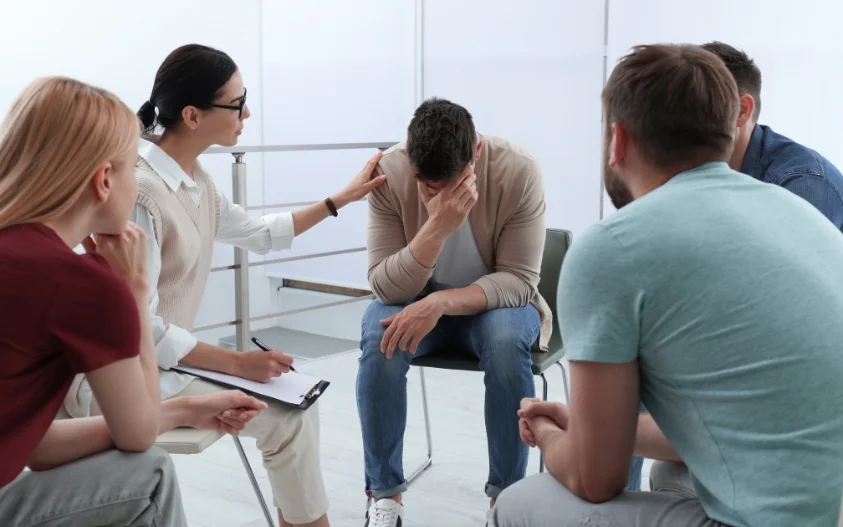24/7 Helpline:
(866) 899-111424/7 Helpline:
(866) 899-1114
Learn more about Inpatient Rehab centers in Loa
Inpatient Rehab in Other Cities

Other Insurance Options

Highmark

American Behavioral

Absolute Total Care

Providence

Magellan

Medical Mutual of Ohio

Premera

MVP Healthcare

Amerigroup

PHCS Network

Oxford

Lucent

Sutter

GEHA

Optum

Aetna

Covered California

CareFirst

Horizon Healthcare Service

Self-pay options

Central Utah Counseling Center
Central Utah Counseling Center is a private rehab located in Loa, Utah. Central Utah Counseling Cent...

Legacy Outdoor Adventures
Legacy Outdoor Adventures is a private rehab located in Loa, Utah. Legacy Outdoor Adventures special...













Integral Recovery
Integral Recovery is a private rehab located in Teasdale, Utah. Integral Recovery specializes in the...




